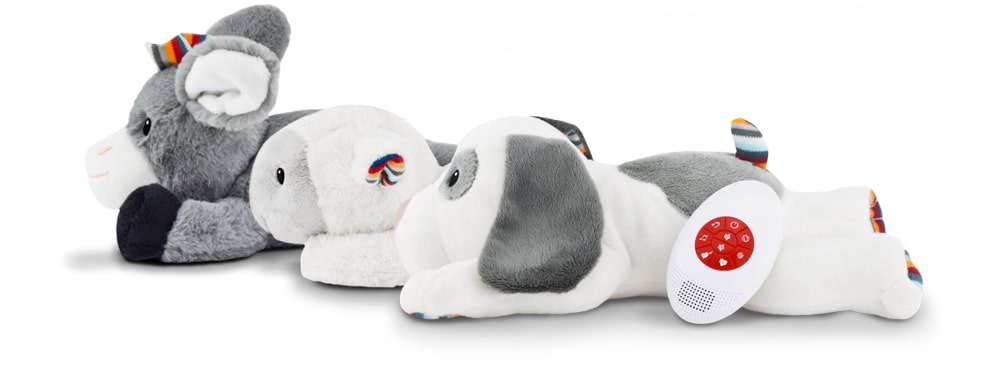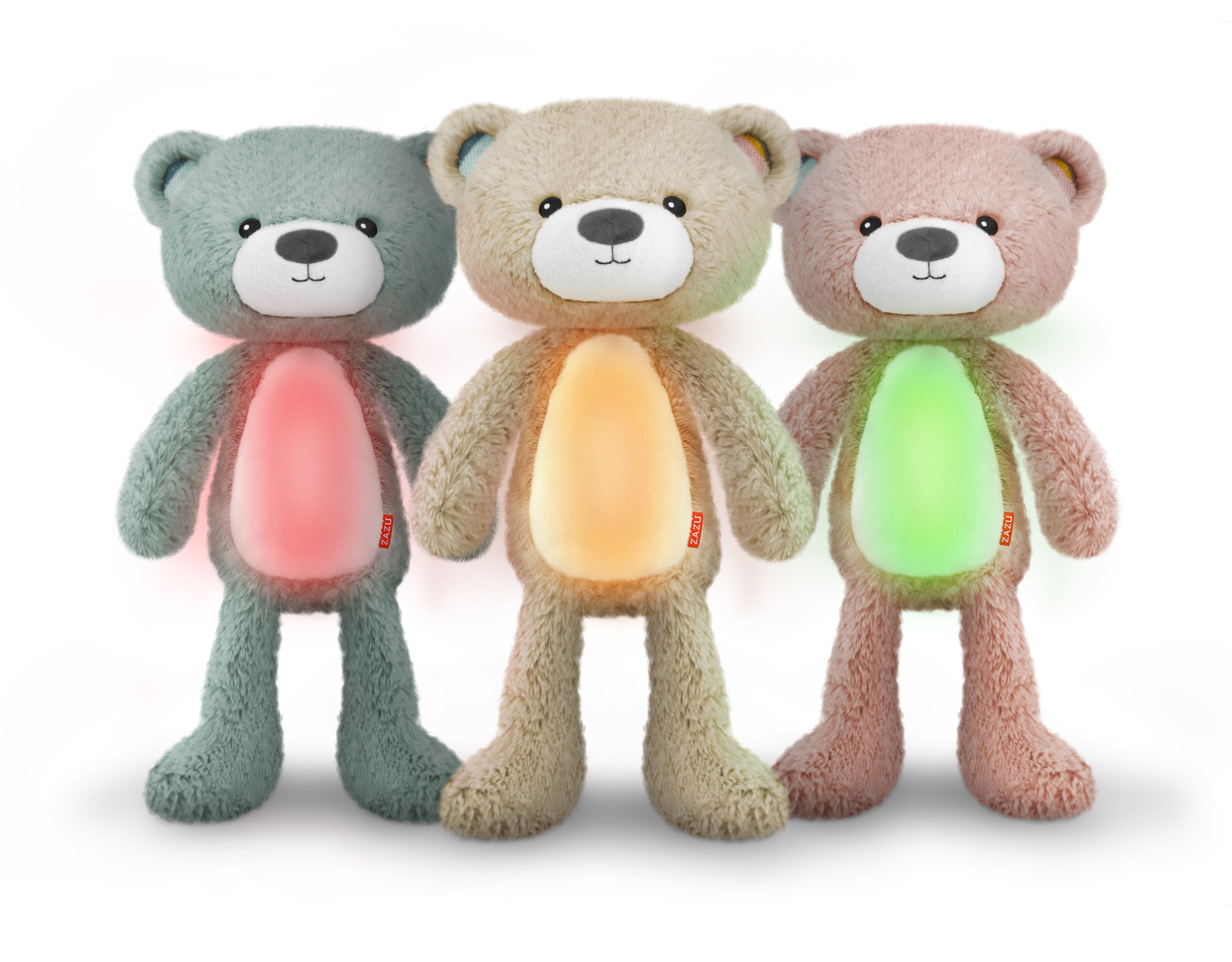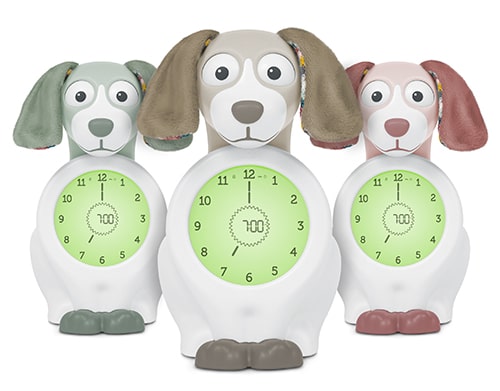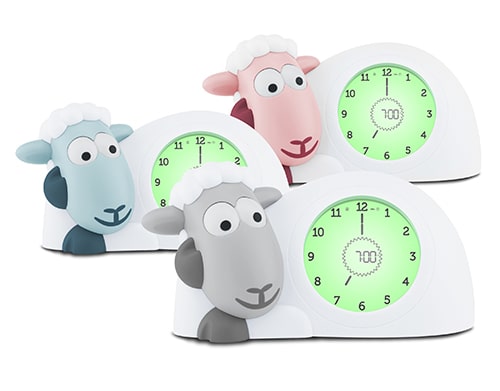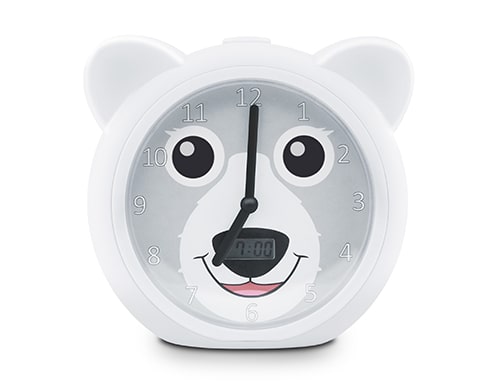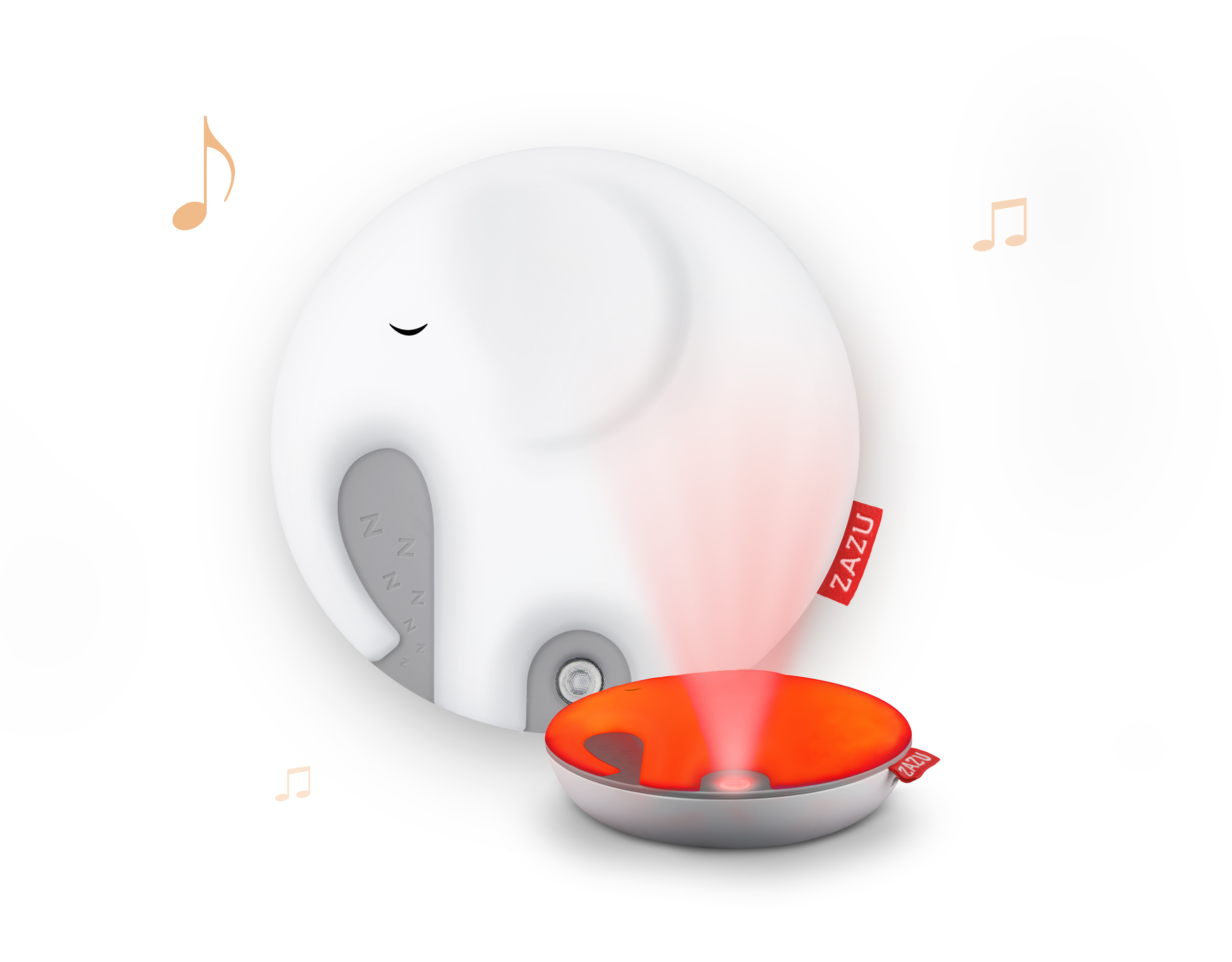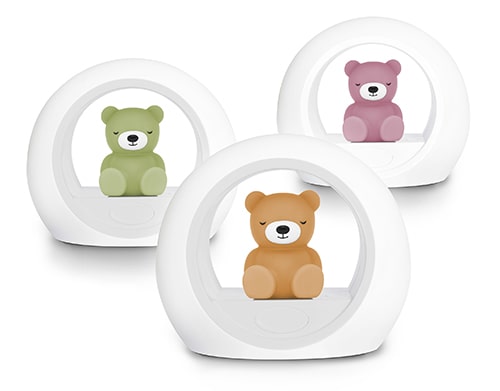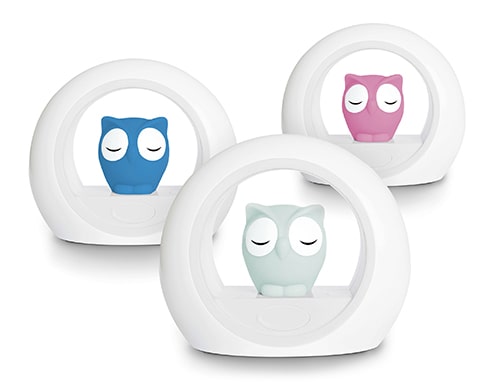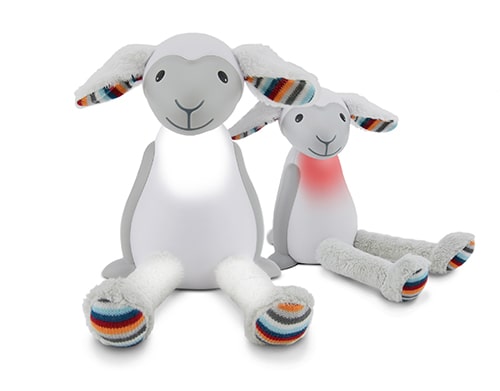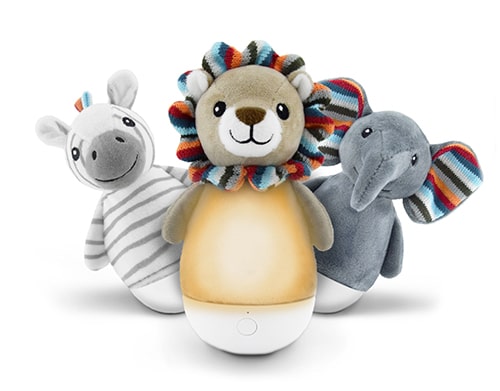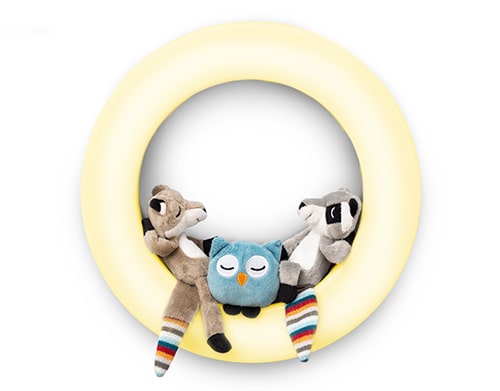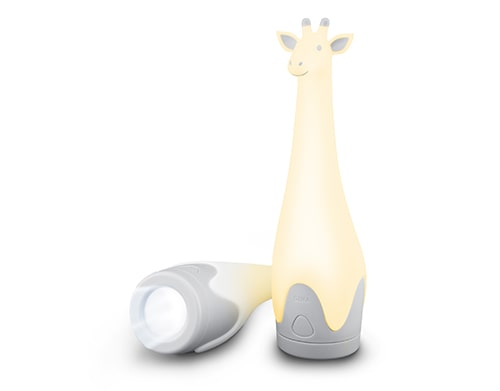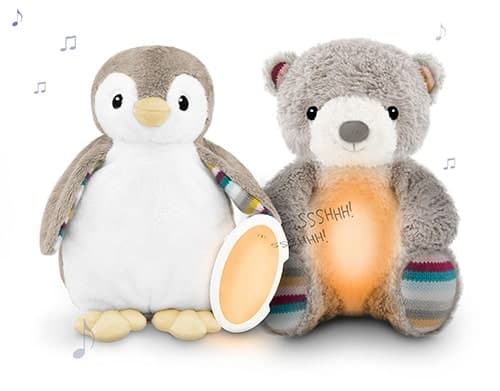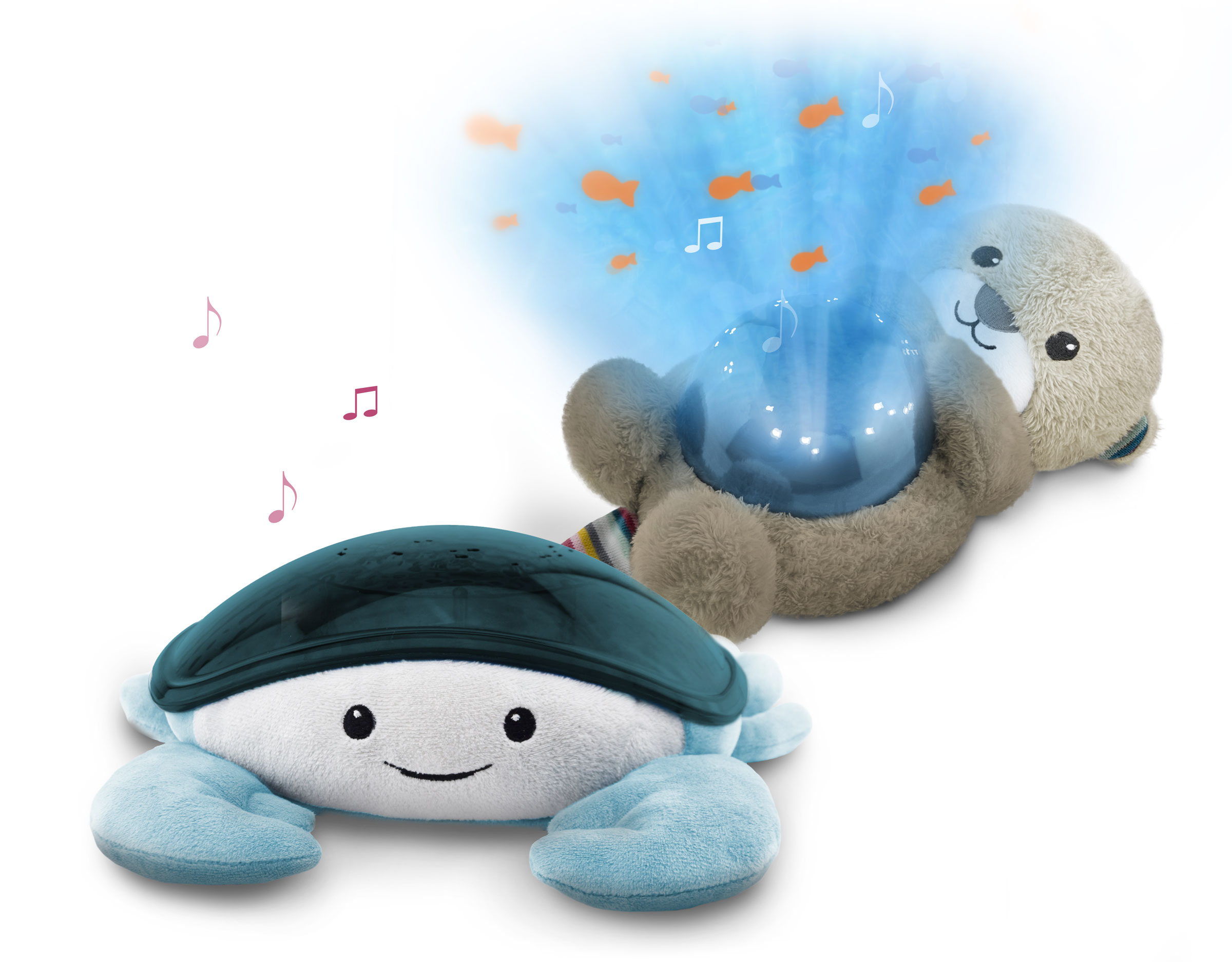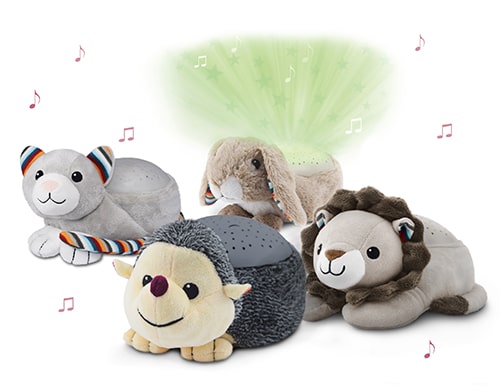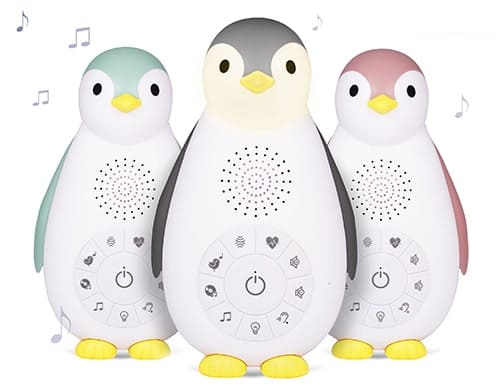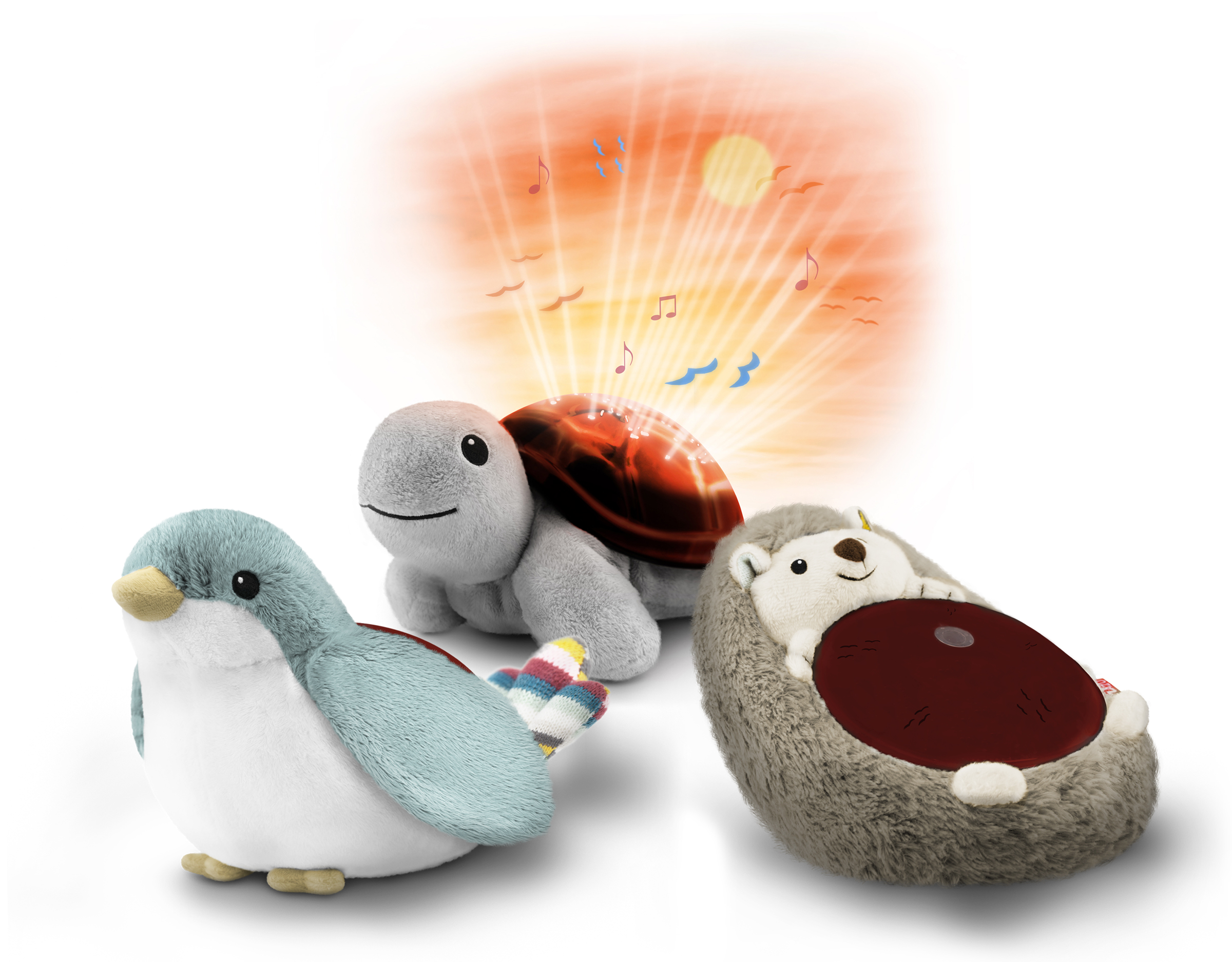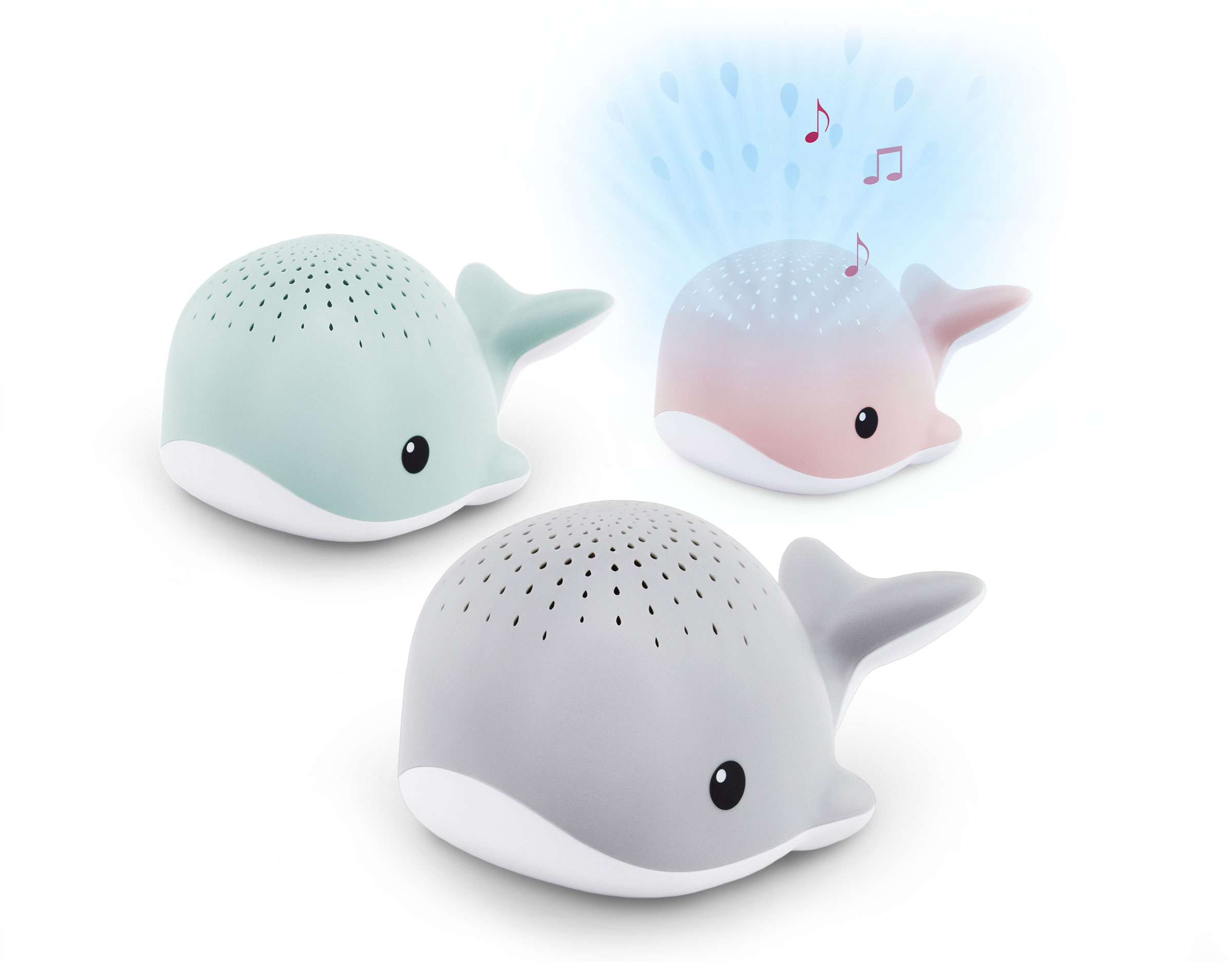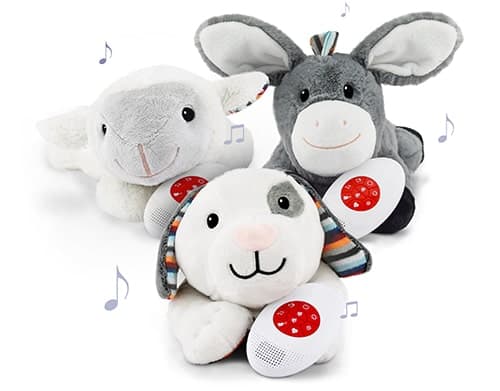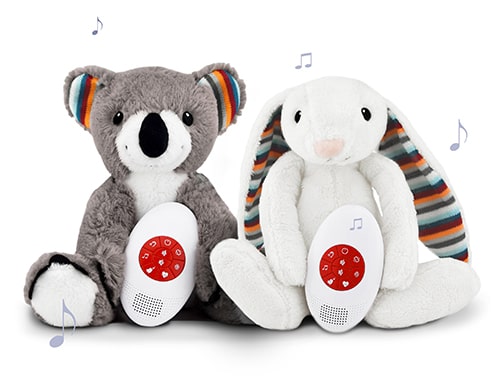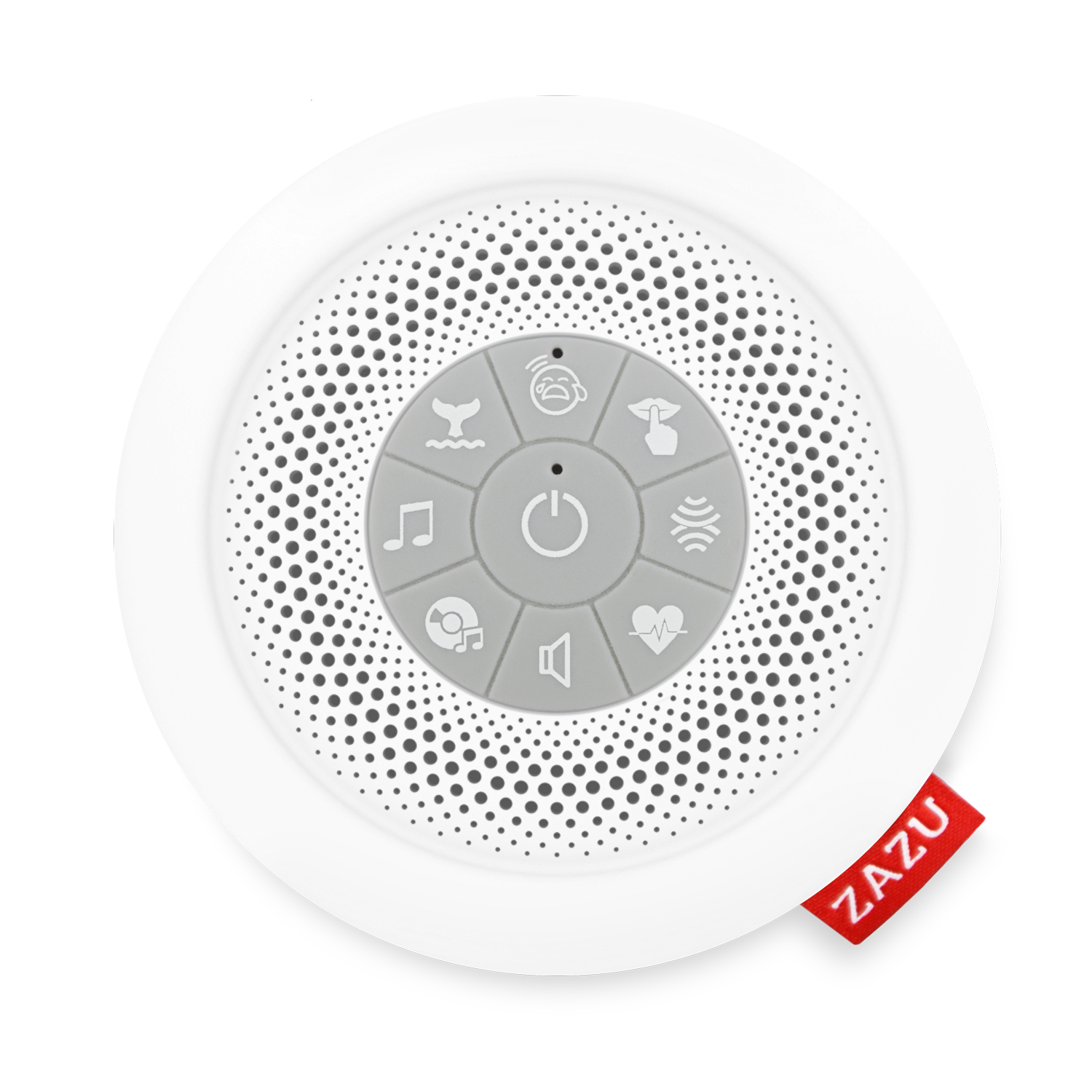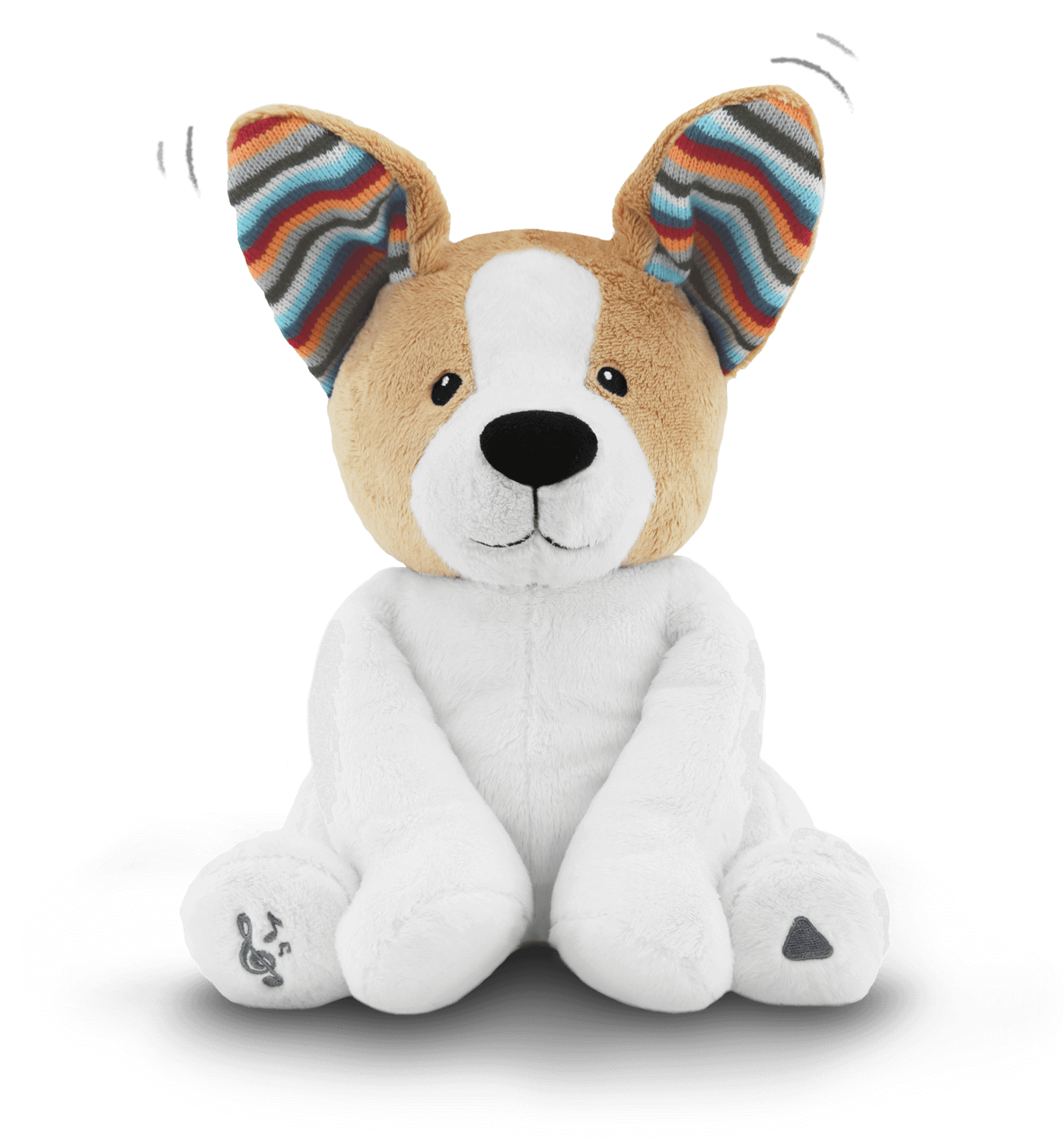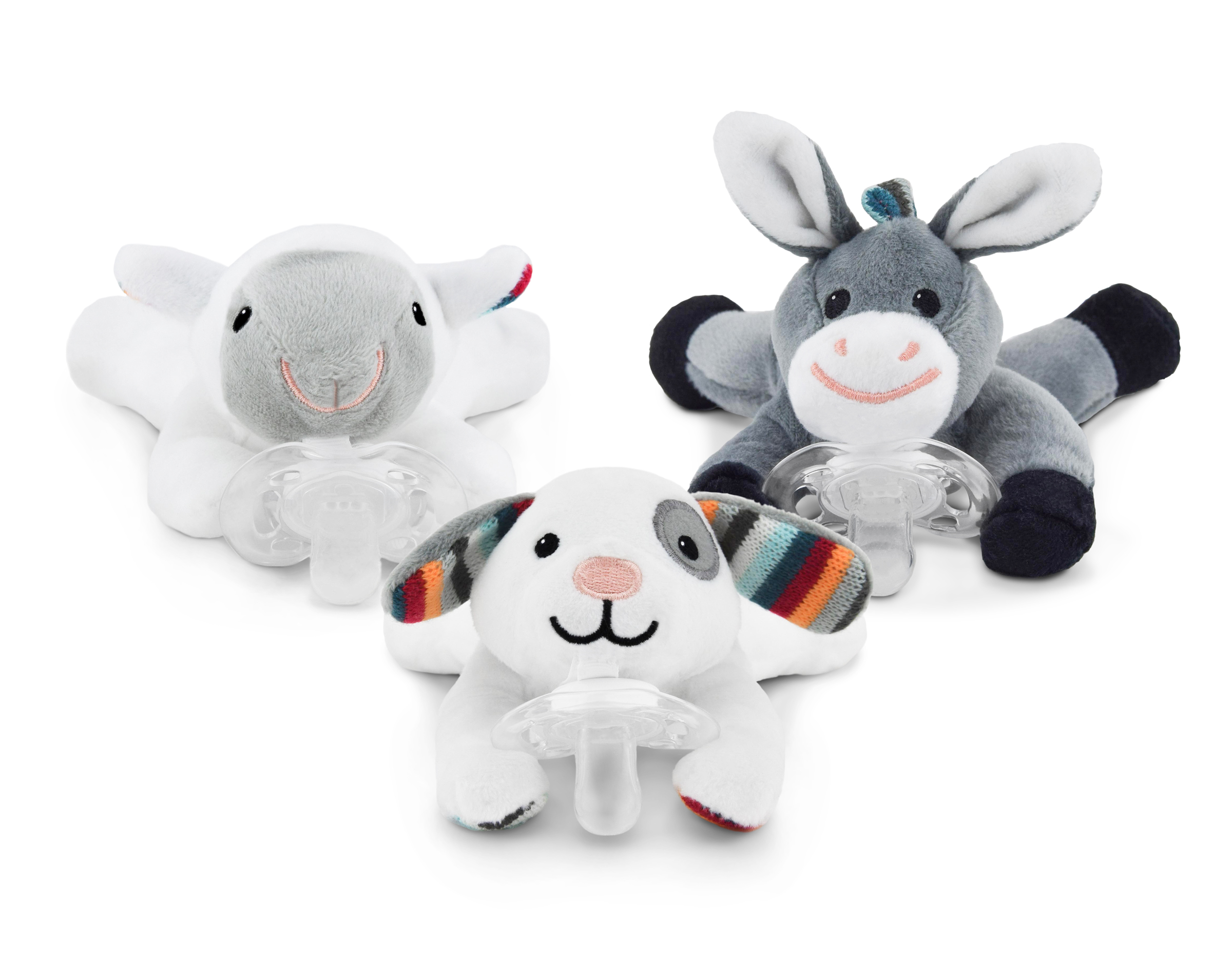By Marijke, child sleep consultant at Bureau van Slaap
Toddler puberty
Bedtime struggles, no naps during the day, refusing to eat and brush their teeth and last but not least, waking up suuuuper early! Can you relate?
On a daily basis I receive inquiries from parents if I could help them with their toddler’s bedtime routine. More about this, below!
Method
I use the Droomritme method ©, where I first try to identify why sleeping is not going well, and then I determine an approach to try and fix this problem. Only then you create a more sustainable way of solving the underlying issues, which hopefully results in more consistency and sleep.
Provide support and frameworks in a loving way
In my toddler programs I help parents to find the right daily and bedtime routines. This sounds pretty straightforward, but in reality it seems to be hard. Especially when your little one is experiencing his or her toddler puberty. One moment they could be your best friend, the other moment they could be utterly annoying and try to cross boundaries.
In such moments it is key to give support and frameworks so your little one knows what to expect. In my program I offer multiple tools and one of them is Pam the Sleeptrainer.
Enough sleep is very important to avoid fatigue and tantrums. In my practice I use so-called ‘wake-up times’, which respond to natural rhythms of a child. For example, I could suggest a 5-5 rhythm for a two-year old . The numbers indicate the maximum number of hours a child could be awake before and after his or her afternoon nap.
Do you extend those hours, fatigue accumulates and falling asleep goes under loud protest. The more tired your child gets, the more extreme your child’s behavior becomes (crying and shouting at dinner or when bathing). A kind reminder, sleep creates sleep! The better naps are during the day, the better sleep is at night and thus the next morning starts later.
More valuable sleeping tips for your toddler
I advise no screen time before going to bed. Blue or bright light activates the brain. It seems that kids relax when they are in front of a screen, but they will need to process a lot of stimuli, which makes it harder from them to fall asleep.
Give your child an exclusive one on one moment at the end of a day, with sincere attention. This could result in less attention seeking behavior when going to bed.
Try to create a consistent bedtime routine so your child understands when he or she should prepare for bed.
Pam the sleeptrainer
Recurring advise in my program is to use Pam the sleeptrainer. Pam gives structure to a child, which is a key part of the program. Pam’s color indicates when it is time to sleep (red) and when it is time to get up (green). And also, half an hour before wake up time the light turns orange, so your child knows he or she has to play in their room for a little while.
It is easy to understand and efficient!
Why Pam the penguin in my program?
I prefer Pam over other sleeptrainers because there are no extra sounds such as ticking clocks or clicking parts.
Pam’s design is very nice and you could also use it as a nightlight only, including timer so your little one does not have to sleep in a lit room.
The penguin could be your child’s friend. The colors indicate a clear system and my experience teaches me that most kids from 2 years and older understand the color scheme. In other words, red means time to sleep / stay in bed.
An example from my practice
Recently I finished a session with a 27-month old child who kept waking up her parents in the early morning. Her parents put her back to bed when it was before 5.30 am, but she did not understand why. She was awake, why could the day not start? And when it was after 5.30 am she was allowed to sleep in her parent’s bed, because they thought ‘it is almost morning now’.
There was loud protest when it was 5.00 am and she had to be in her own room. Sometimes she could sleep in her parent’s bed, but sometimes she needed to be in her own room. It was all very confusing for her. After all, she is not able to tell time.
For this family Pam was a huge relief. When the little one now wakes up, she knows what to do. Stay in her room when the light is red / orange, or go to her parent’s room when it is green. It is important to mention that as a parent you have to be consistent too, it’s not advised to wake up your child before the sleeptrainer has turned green.
All in all, I am a firm believer of Pam – this is not sponsored – because I see the penguin as a valuable addition to my program.

Written by Marijke. Child sleep consultant at Bureau van Slaap
Do you want to know more about my toddler program, have a look at my website and follow me on Instagram @bureauvanslaap for free tips and tricks.
Disclaimer: All thoughts and opinions are mine and are not influenced by ZAZU Kids





